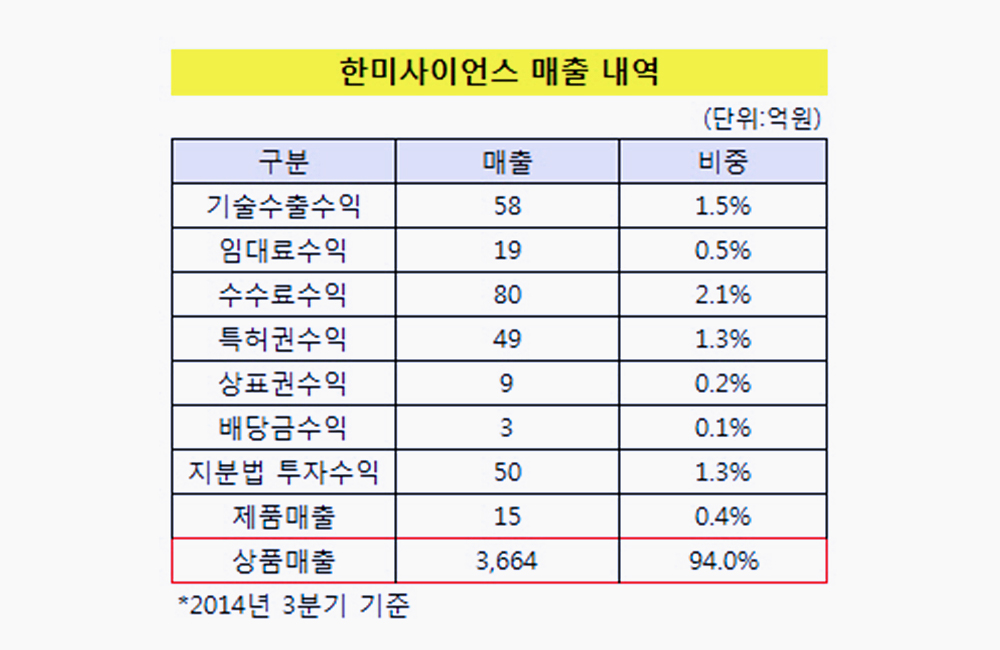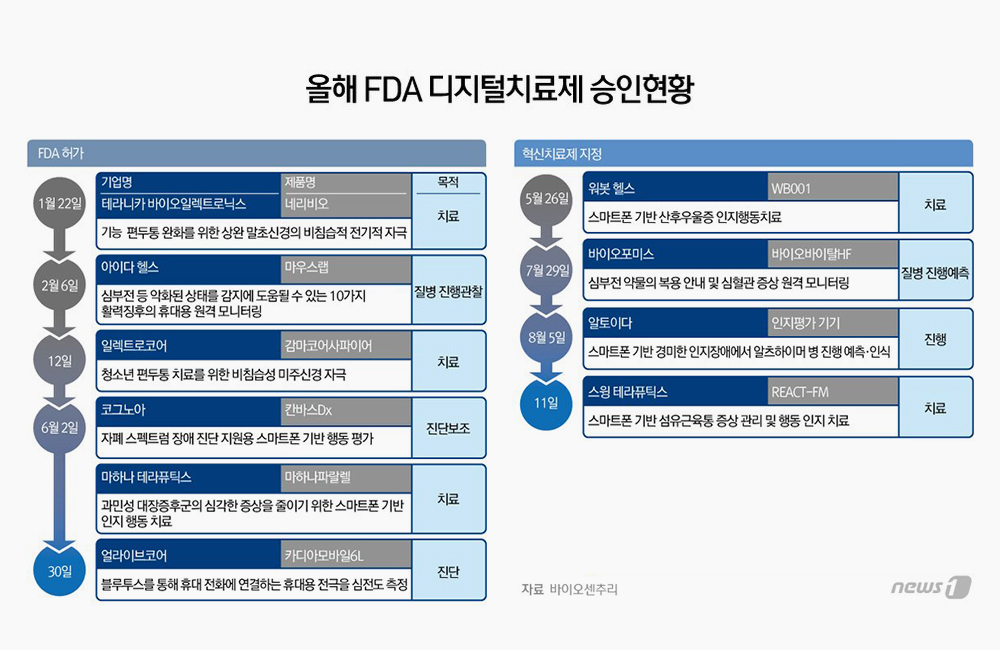Over 800 women died from pregnancy-related complications in 2020 in the United States, and well over half of these deaths were preventable. This isn’t news for professionals who work in this space because maternal deaths in the U.S. outnumber those in most industrialized nations in the west.
Maternal outcomes for Black women in the US are even worse. Black mothers die from pregnancy-related complications nearly three times more frequently than white and Hispanic women.
Despite efforts to prioritize improved maternal mortality, there’s been very little progress. In fact, maternal mortality actually increased over 18% between 2019 and 2020. Much of this increase is a result of the Covid-19 pandemic. For excess deaths that aren’t attributable to complications from Covid-19, technology may hold the solution.
Artificial Intelligence may improve maternal health outcomes in the US
Many tech companies focused on developing and implementing AI-driven solutions to healthcare problems in the last few years. These recent advancements in AI give patients and their healthcare providers hope amidst worsening maternal health outcomes in the United States.
Some of the newest iterations of AI for healthcare identify pregnant women who are at risk for premature birth and other complications. In doing so, it allows healthcare providers and patient care teams to intervene before it’s too late. As a result, their pregnant patients benefit from health education, as well as medical care and access to social services to lower their risk for negative outcomes.
There’s even an element of this technology that leverages the social determinants of health (SDOH). If a pregnant woman has a history of preterm birth or preeclampsia, is struggling to find food, or they can’t get to their appointments because of inadequate transportation, AI helps their healthcare provider understand how those influence maternal and infant health outcomes. This way, healthcare providers can address them early, giving pregnant patients their best chance at positive outcomes.
Identifying at-risk pregnant women earlier with AI
Traditional methods of care limited healthcare providers’ efforts to identify at-risk pregnant women especially in comparison to what we’ve been able to accomplish with AI and other technology in recent years. Before these advances, OB/GYNs and midwives were tasked with using often incomplete data along with persistence and sheer luck. They did their best to call patients with no guarantee that they would reach them. Many OB/GYNs and midwives did their best, but pregnant moms deserve so much more than that—especially as we face climbing maternal mortality around the world.
Now, maternal care providers don’t have to spend long hours rounding up patient data and hoping to catch pregnant patients on the phone. AI has the power to provide all of that data, along with a complete analysis that identifies which patients are at the highest risk. The result? Identifying pregnancies sooner and targeted outreach efforts that prioritize high-risk patients.
Healthcare providers who use AI in maternal care can identify over 70% of at-risk moms during the first trimester. This incredible benefit allows these parents to get the care they need from the very beginning of their prenatal journey. Earlier access to care allows for better outcomes and interventions for both mothers and their babies. And AI prepares the folks providing care and doing patient outreach ahead of time so they know exactly how to support each and every patient.
Insurance plans are also using this AI to significantly reduce preterm birth disparities for pregnant Black women across the nation. There was a 10% reduction in preterm births and low birth weight among babies whose mothers received care and support leveraging AI tools. This helps avoid lifelong consequences for newborns, including breathing, hearing, and vision issues, developmental delays, and other health complications.
The benefits of AI don’t end when a pregnant woman gives birth, though. It continues collecting and analyzing patient data into the fourth trimester, when women are still at risk for life-threatening pregnancy-related complications, like preeclampsia and mental health challenges like postpartum depression or psychosis.
Lawmakers are taking maternal mortality to task
Tech companies and healthcare providers aren’t the only stakeholders trying to improve maternal mortality rates in the US. It’s become a legislative priority for many folks on Capitol Hill, including President Joe Biden and Vice President Kamala Harris. Together with many federal agencies, they released the White House Blueprint for Addressing the Maternal Health Crisis just last year.
This historic effort aims to improve maternal health outcomes by providing more economic and social support to women before, during, and after pregnancy while also prioritizing research and data collection among other key agenda items.
Recently, the National Governors Association (NGA) Chair New Jersey Governor Phil Murphy and First Lady Tammy Snyder Murphy hosted a roundtable discussion about efforts to improve birth outcomes and reduce overall maternal and infant mortality and morbidity. One area of focus that Mrs. Murphy highlighted included the significant influence “data holds to transform our national maternal health landscape [ … ] with up-to-date information, we can create policies that are informed by reality. We can direct our strategy to target specific goals. And, most importantly, we can measure our performance and make essential revisions, change direction and learn from our experiences.”
Additionally, administrations in states such as Texas and Florida are including maternal health goals in their Medicaid managed care contracts. As the government continues working toward better maternal healthcare, AI and other technology will undoubtedly be a key piece of the puzzle to improve health outcomes and reduce health disparities.









